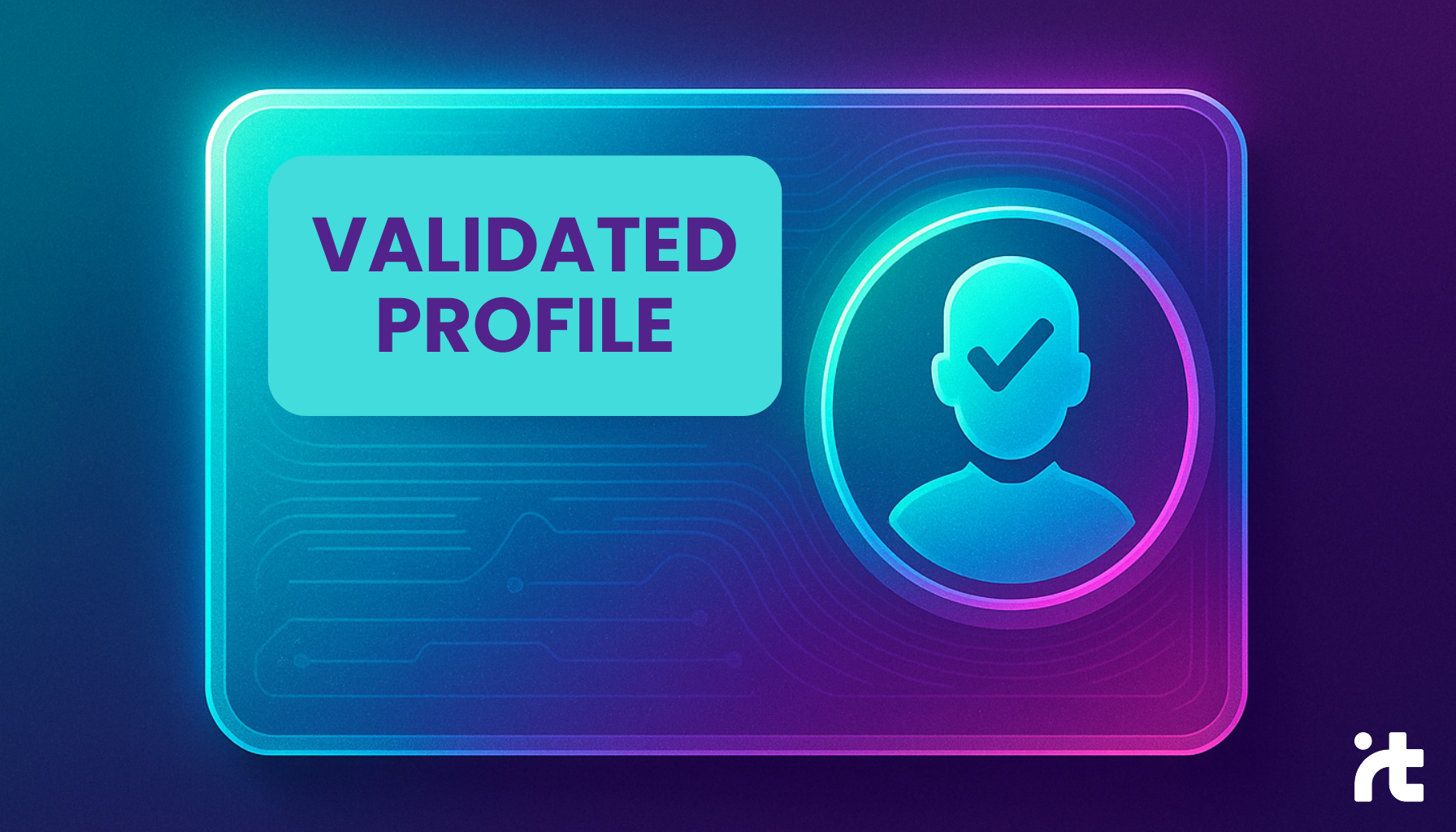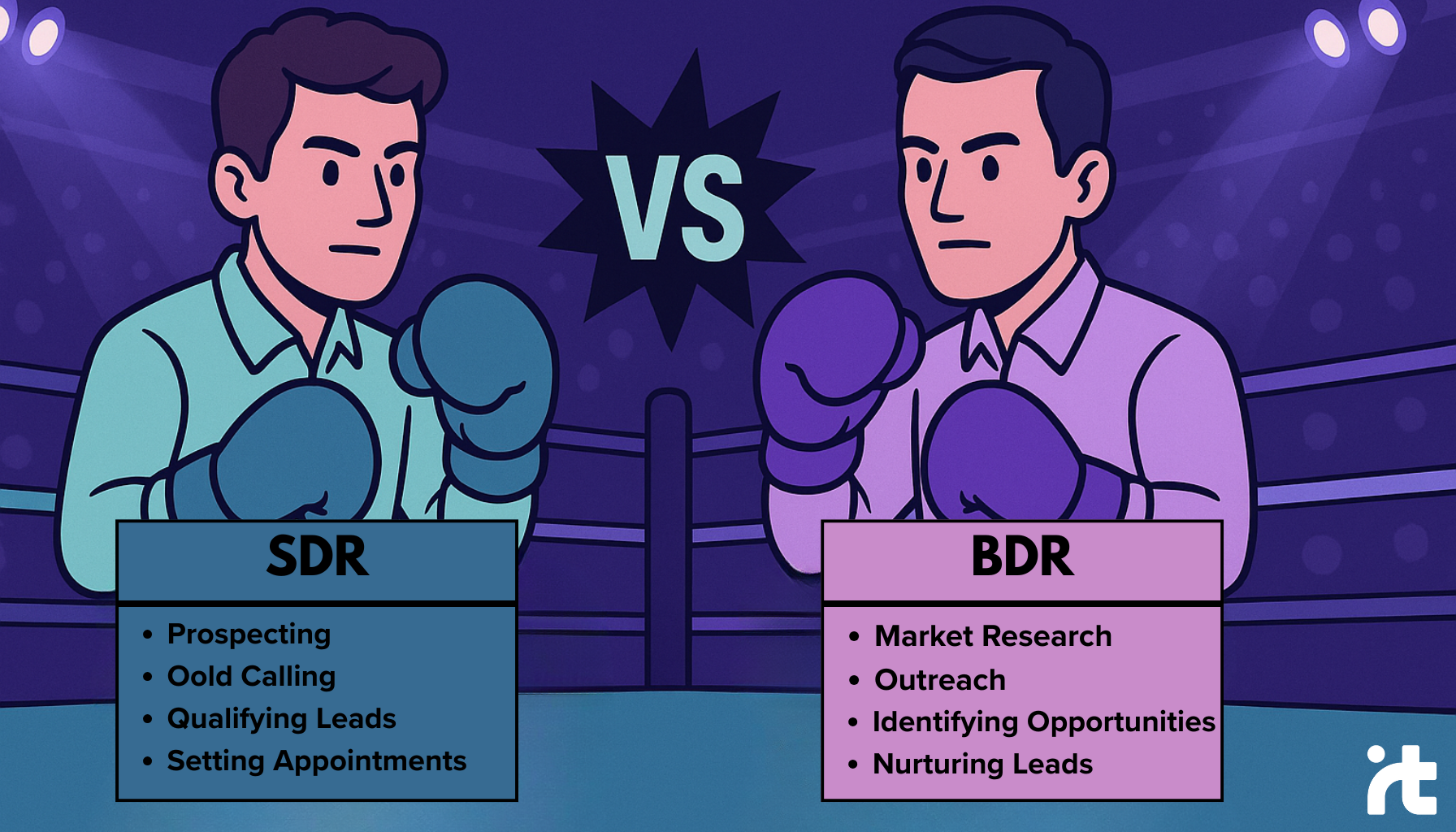Professional references are essential for your résumé or social profiles like LinkedIn. They add credible proof beyond your listed experience—and recruiters often review them before reaching out or moving you forward in the hiring process.
Your résumé, portfolio, and even your LinkedIn profile should always be up to date, even when you’re employed. These are tools you can use to learn, connect, and showcase your skills quickly and clearly.
________________________________________________________________________________
We wrote an article on: “Digital Portfolio: What It Is and Why It Matters?”
Don’t miss this companion piece.
________________________________________________________________________________
What are professional references, and how do they work?
Typically, professional references appear as a short paragraph within a document, a letter, or a social media profile that confirms information provided by the candidate. A reference can speak to a professional’s prior work experience, skills, competencies, or performance. They’re often requested or discussed during interviews. Common types include:
- References from former employers
- Testimonials from professors or mentors
- References from colleagues
References should be accurate and truthful, shared with the referrer’s consent, and include their contact information and relationship to you. Most importantly, they should be relevant to the role you’re applying for to be truly effective.
Why are references important in a hiring process?
The most reliable way to verify a candidate’s skills and experience is through references. They add transparency and credibility to your résumé, portfolio, or profile. References provide extra value to your candidacy before or during an interview. They’re also known as “Recommendation Letter,” and many recruiters pay close attention to them wherever you include them.
Refusing to provide references to HR departments may suggest that they don’t exist, are negative, or that you’re not genuinely interested in the role.
Sample Work Reference (Generic)
Sample Work Reference (Generic)

- Remember: References should be as personalized as possible—this template is only a guide. On LinkedIn, recommendations are usually shorter and more direct.
LinkedIn: One of the Best Places to Share Your References
Your online presence reflects your personal brand—and on LinkedIn, your professional identity today. Think of it as the “Facebook” for talent and businesses building networks around professional interests.
An effective LinkedIn profile should include:
- An up-to-date headline that reflects your expertise
- A photo that communicates your professional identity
- A current, accurate work history
- Work recommendations (LinkedIn’s term for references)
Pro tip: If you update your headline from the mobile app, you’ll have roughly double the character limit compared to desktop.
How to request a recommendation on LinkedIn:
- Visit the profile of the person you’d like a recommendation from.
- Click the More icon (three dots “…”) and choose Request a recommendation.
- Fill in the fields (relationship, your role at the time, etc.) and include a short, personalized message.
To make your recommendations stand out, encourage brief storytelling—compact, specific anecdotes about challenges, actions, and results. Strong work stories draw attention and help you build rapport with future interviewers.
In Summary
Always ensure every reference is consensual and focused on the experiences or skills most relevant to the role you’re pursuing. And if you’re exploring new opportunities, check out the openings we have at Interfell.
Great remote work experiences are waiting for you!
FAQ's
1) What’s the difference between a reference and a LinkedIn recommendation?
A reference is any formal validation (letter, email, call). A LinkedIn recommendation is a public, on-profile testimonial. Both serve the same purpose; recommendations add social proof to your profile.
2) How many references should I list?
Prepare 3–5 strong references. Employers typically check 2–3, but having backups prevents delays.
3) Can clients serve as valid references for remote roles?
Yes. For remote, freelance, or consulting work, client references are highly credible—often better aligned to outcomes and delivery.
4) What if I don’t have a former manager as a reference?
Use project leads, senior colleagues, cross-functional partners, or clients who can speak to your work. Mentors and professors are acceptable for early-career roles.
5) Should I include contact details on my résumé?
Only if you have explicit consent. Alternatively, write “References available upon request,” and provide contact details during later stages.
6) How recent should references be?
Prioritize the last 3–5 years (or your most relevant roles). Older references are fine if they demonstrate skills critical to the target job.
7) How do I ask without sounding pushy?
Be specific and helpful. Mention the role you’re targeting, the key skills to highlight, and offer to provide a draft. Always thank them and share updates.





